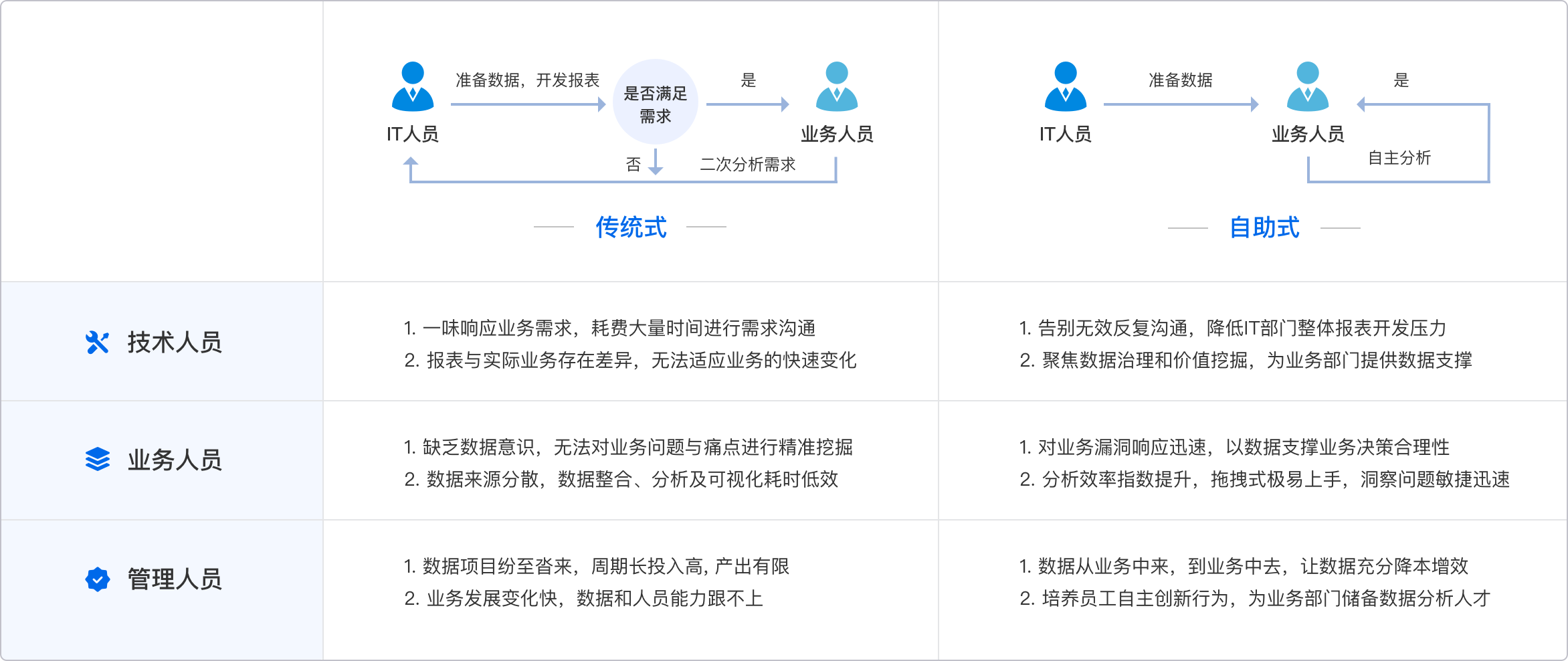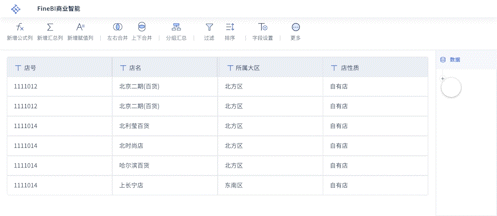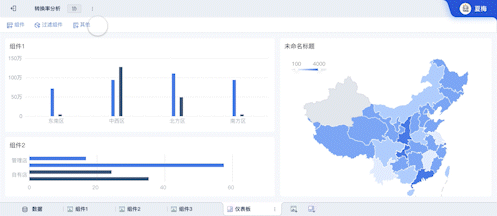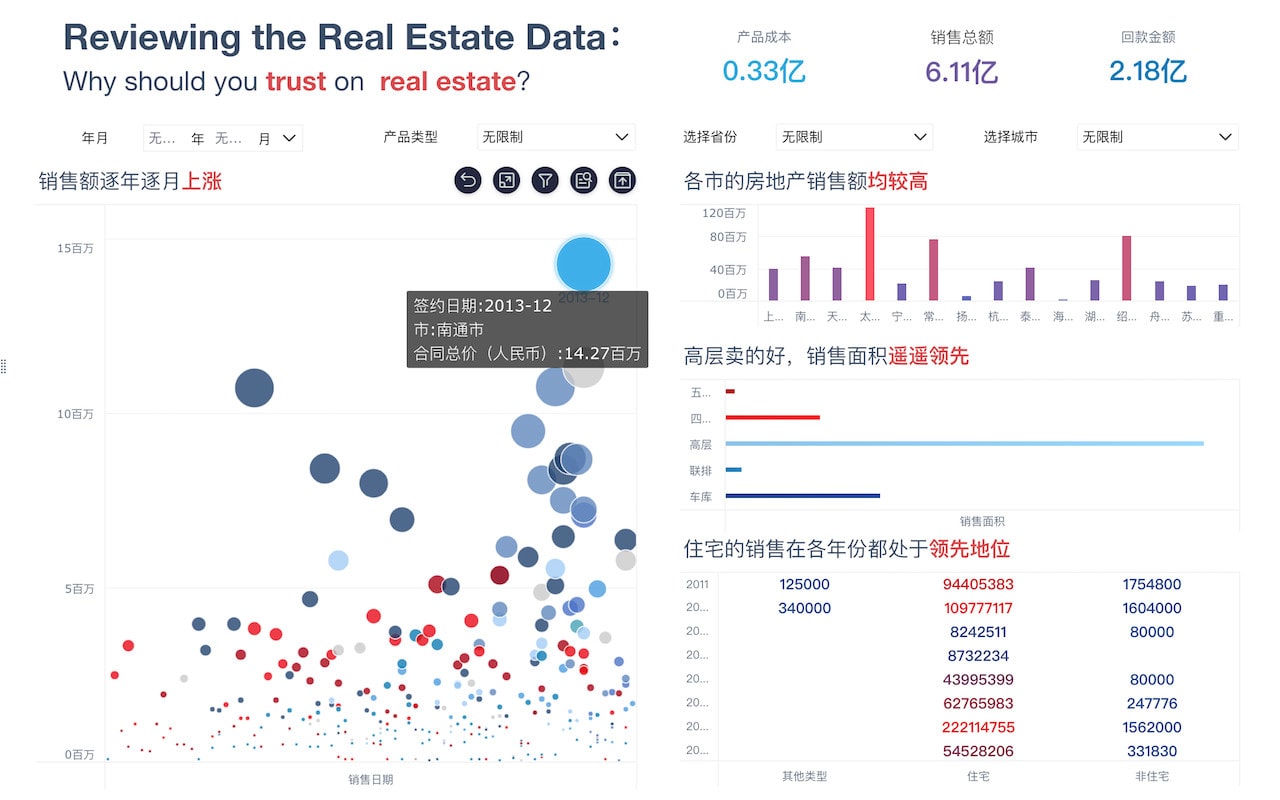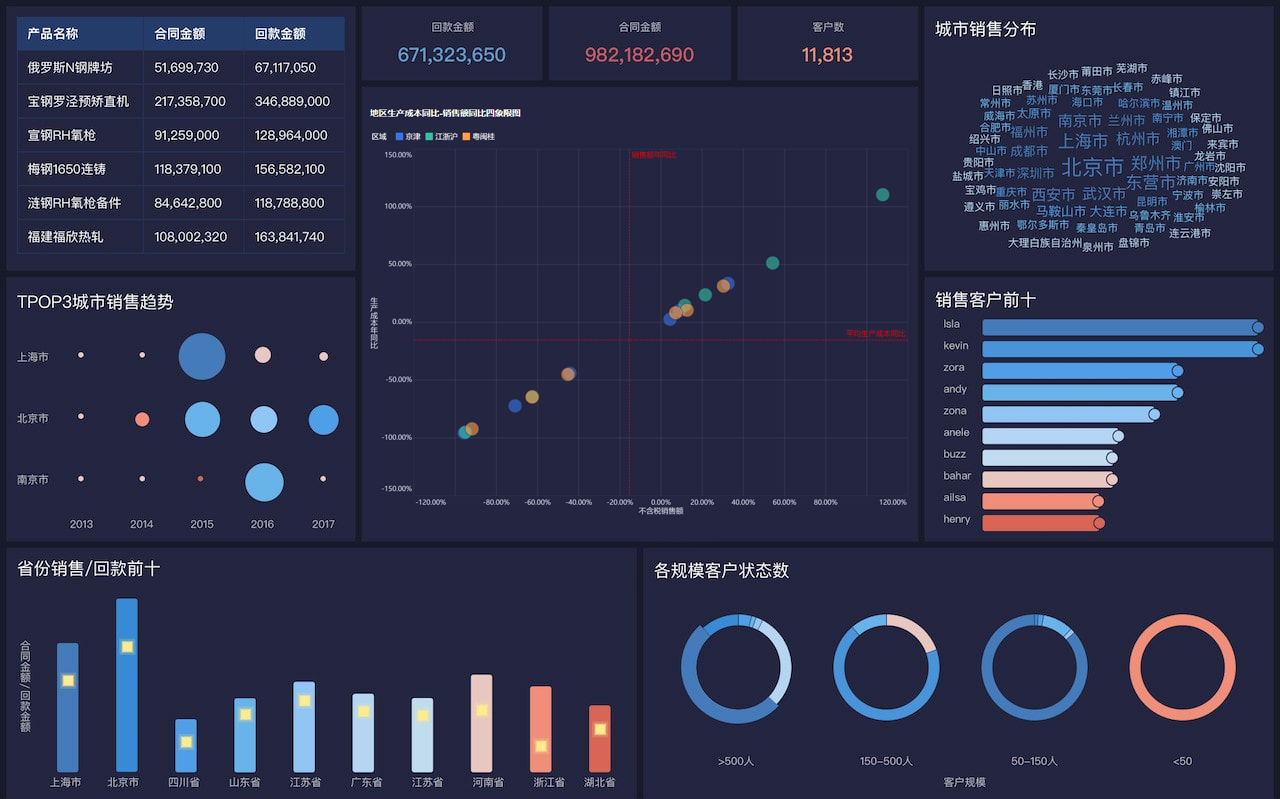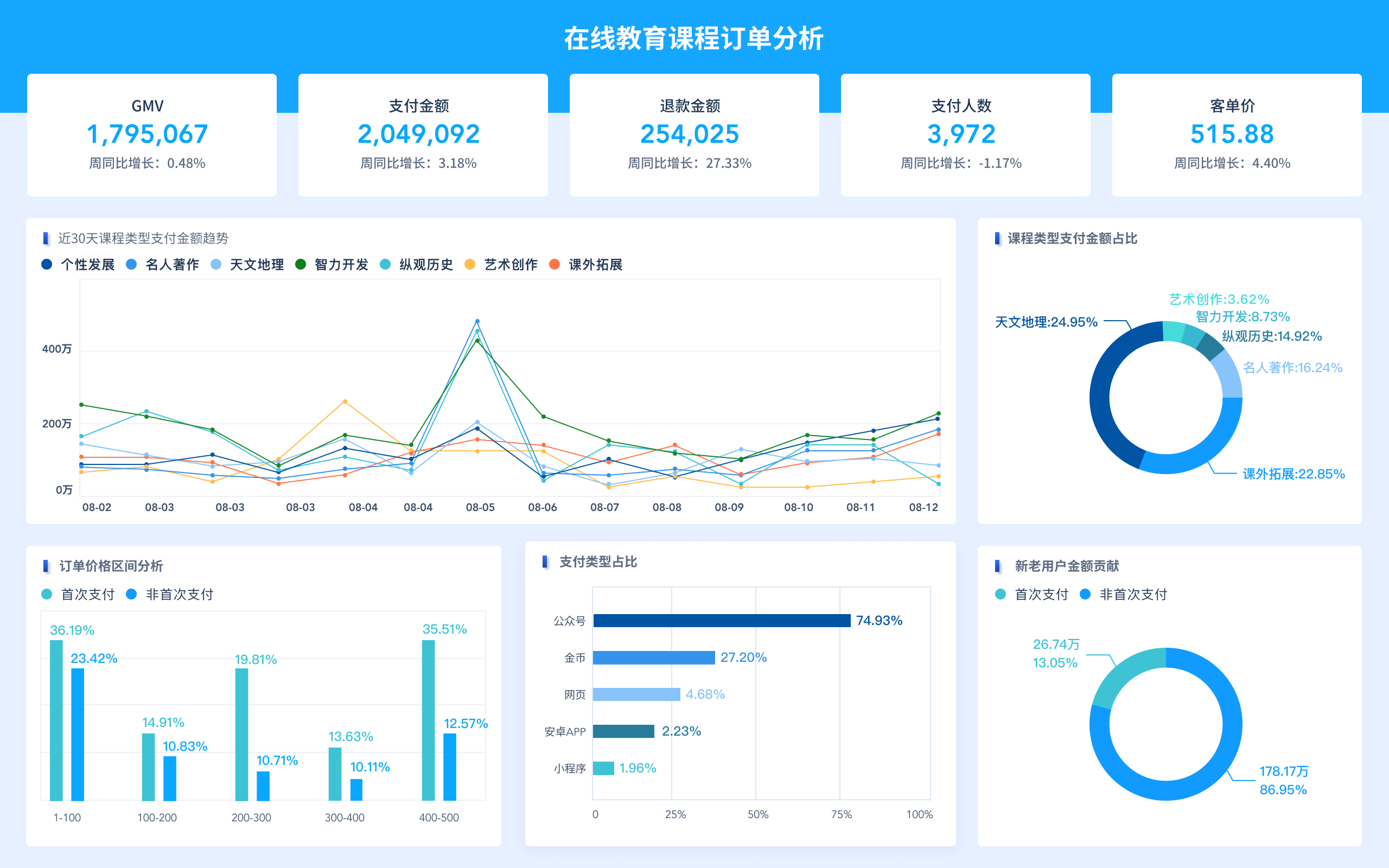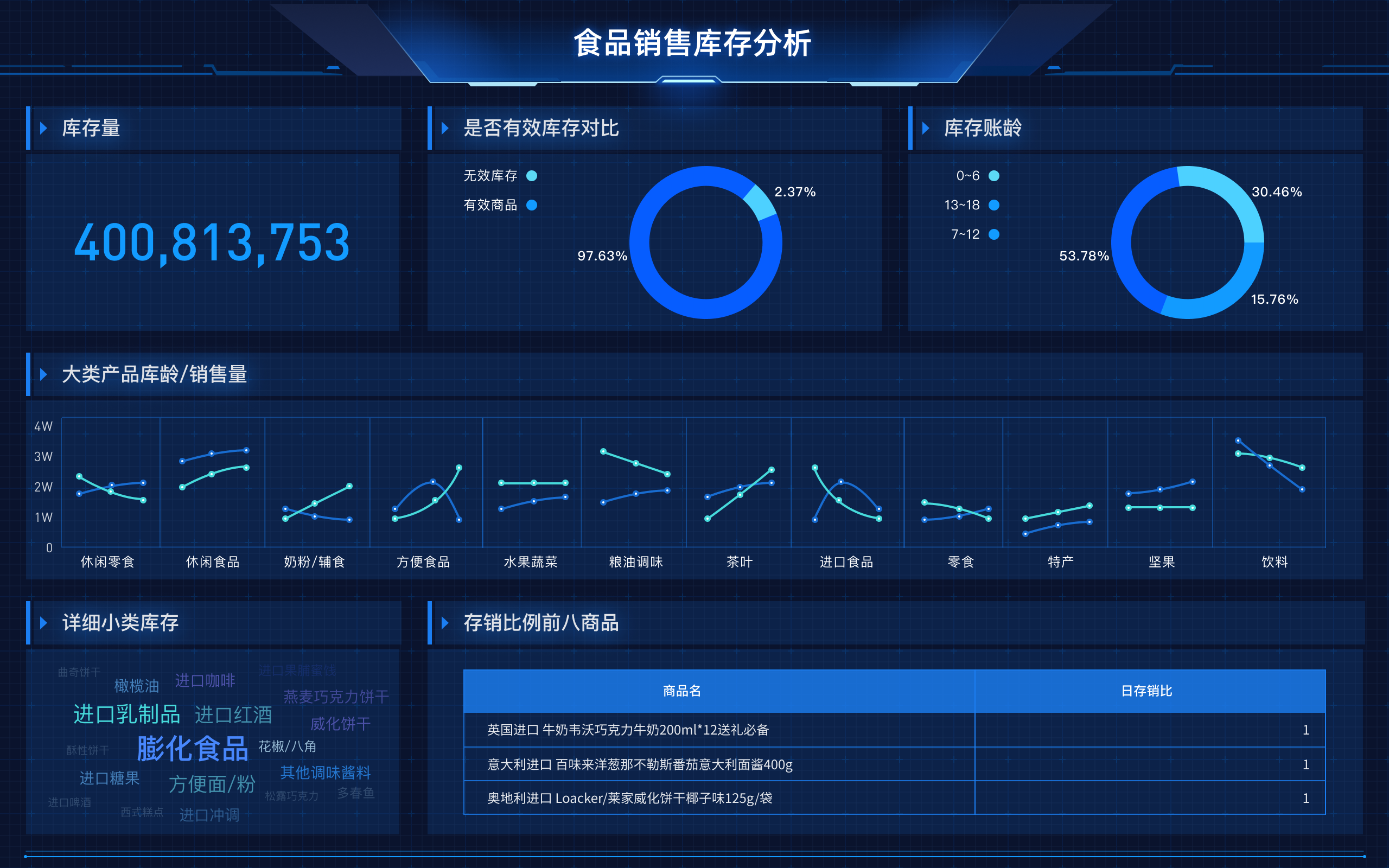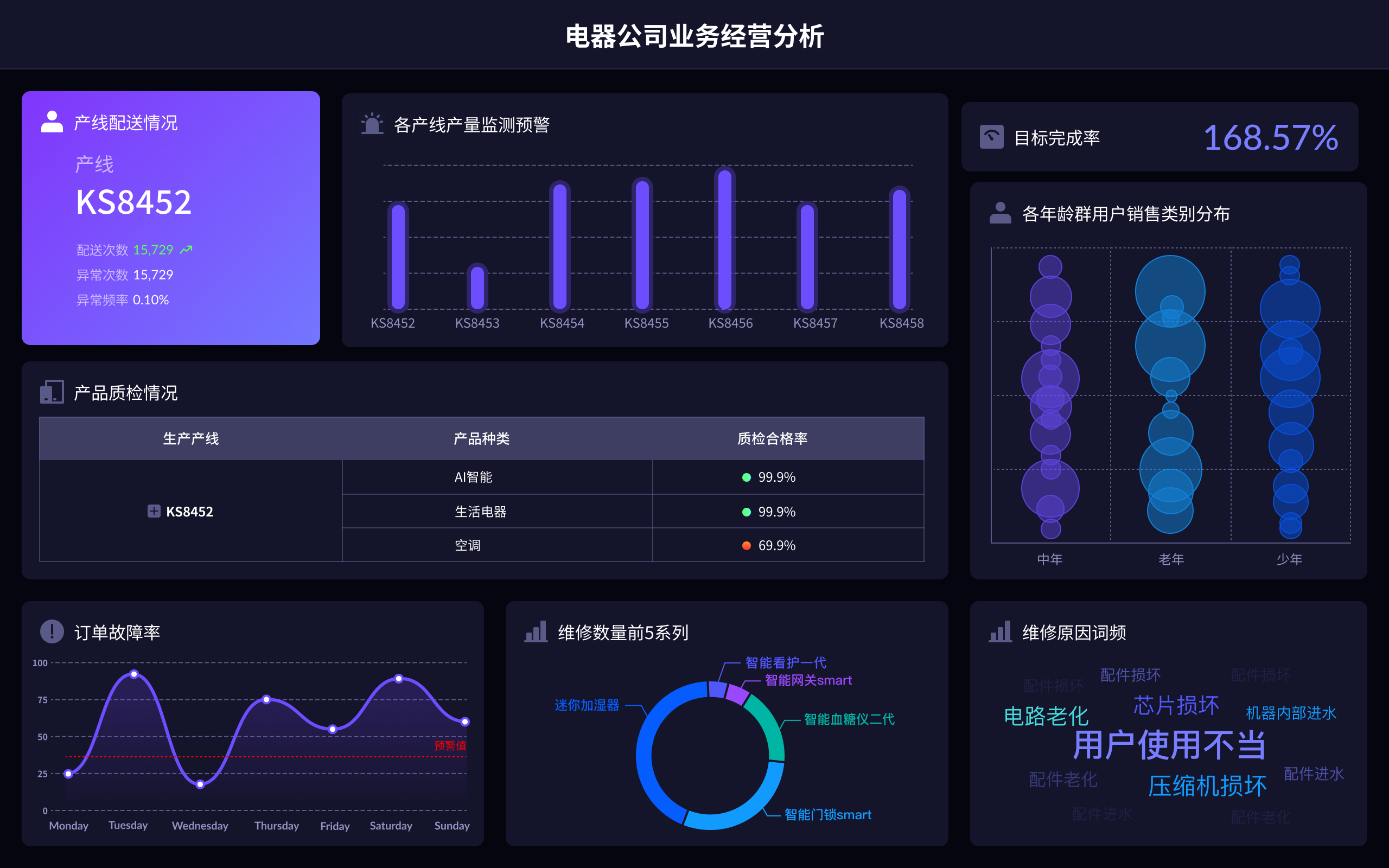
颜料收集成分数据的方法包括:文献研究、化学分析、数据库查询。通过化学分析,可以准确确定颜料的具体成分,常用的分析方法包括光谱分析、色谱分析和质谱分析。这些技术能够详细解析颜料中的元素和化合物含量,提供精准的成分数据。
一、文献研究
颜料成分的文献研究是获取基础数据的有效途径。通过查阅已有的科研论文、专利文献和专业书籍,可以收集到大量的颜料成分信息。这些文献通常包含详细的实验数据和成分分析结果,为研究和应用提供参考。
文献数据库和资料库:许多科研机构和高校都会建立自己的文献数据库,包含了大量的颜料研究成果。通过这些数据库,可以快速获取所需的成分数据。
专业期刊和会议论文:颜料研究领域的专业期刊和学术会议论文也是重要的信息来源。这些论文通常经过严格的同行评审,数据可靠性较高。
行业标准和规范:一些行业协会和标准化组织会发布颜料成分的标准和规范,这些文件中通常包含了颜料成分的详细信息。
二、化学分析
化学分析是确定颜料成分的直接方法,能够提供精确的成分数据。常用的分析方法包括光谱分析、色谱分析和质谱分析。
光谱分析:光谱分析技术包括紫外-可见光光谱(UV-Vis)、红外光谱(IR)、核磁共振(NMR)等。这些技术可以通过分析颜料样品的光吸收和发射特性,确定其成分。
色谱分析:气相色谱(GC)和液相色谱(HPLC)是常用的色谱分析方法。它们能够将颜料样品中的各个成分分离,并通过检测其特征峰确定成分。
质谱分析:质谱分析技术(MS)包括电子喷雾电离质谱(ESI-MS)、质谱-质谱(MS-MS)等。质谱分析能够测定颜料样品中各个成分的分子量和结构信息,是精确分析颜料成分的重要工具。
结合使用:常常将多种分析方法结合使用,以提高分析结果的准确性和可靠性。例如,可以先使用色谱分析分离样品中的各个成分,再通过质谱分析确定其分子结构。
三、数据库查询
颜料成分数据库是获取成分数据的便捷途径。这些数据库通常包含大量颜料成分的实验数据和分析结果,用户可以通过查询快速获得所需信息。
FineDatalink:FineDatalink是帆软旗下的一款数据产品,提供了丰富的数据分析和查询功能。通过FineDatalink,可以方便地查询和分析颜料成分数据,提升工作效率。访问FineDatalink官网了解更多信息:FineDatalink官网。
在线数据库:许多科研机构和公司建立了颜料成分的在线数据库,如NIST化学数据库、PubChem数据库等。这些数据库通常提供免费的查询服务,用户可以通过关键词或化学结构进行搜索。
商业数据库:一些公司提供收费的颜料成分数据库,如Chemical Abstracts Service(CAS)、SciFinder等。这些数据库通常包含更为详细和权威的成分数据,适合专业研究和应用。
四、现场采样和测试
对于尚未记录在文献或数据库中的颜料成分,现场采样和测试是必要的手段。通过采集样品并进行化学分析,可以获得颜料的实际成分数据。
采样方法:根据样品的物理性质和应用场景,选择合适的采样方法。常见的采样方法包括固体颜料的刮取、液体颜料的取样等。
样品处理:采样后需对样品进行处理,以便进行化学分析。处理方法包括样品的溶解、提取、纯化等。
实验室测试:将处理后的样品送至实验室,使用上述的光谱分析、色谱分析和质谱分析等技术进行测试,获取颜料成分数据。
五、数据分析和可视化
收集到颜料成分数据后,进行数据分析和可视化,有助于理解和应用这些数据。
数据整理和清洗:对收集到的数据进行整理和清洗,去除冗余和错误数据,确保数据的准确性。
统计分析:使用统计分析方法对数据进行分析,寻找颜料成分之间的关系和规律。常用的统计方法包括均值分析、回归分析、主成分分析等。
可视化工具:使用数据可视化工具将分析结果呈现出来,如折线图、柱状图、热图等。这些工具能够直观展示数据特点,便于理解和应用。
FineDatalink可视化功能:FineDatalink提供强大的数据可视化功能,用户可以通过图表、仪表盘等形式展示颜料成分数据,提升数据分析的效果。
六、应用和推广
收集到的颜料成分数据可以应用于多个领域,并通过各种方式进行推广和分享。
科研和教育:颜料成分数据可以用于科学研究和教育教学,帮助研究人员和学生深入了解颜料的化学性质和应用。
工业生产:工业生产中需要精确的颜料成分数据以控制产品质量。通过数据分析,可以优化生产工艺,提升产品性能。
市场推广:通过展示颜料成分数据,可以提升产品的市场竞争力。详细的成分数据可以增加消费者的信任度,促进产品销售。
数据共享:将颜料成分数据上传至共享平台,如科研数据库、行业网站等,供更多人使用和参考,推动颜料研究和应用的发展。
相关问答FAQs:
FAQs about Collecting Ingredient Data for Pigments
1. What are the primary methods used to collect ingredient data for pigments?
Collecting ingredient data for pigments involves several sophisticated methods, each crucial for ensuring accurate and comprehensive information. The most common techniques include:
-
Spectroscopy: This technique, such as UV-Vis spectroscopy, helps identify the absorption characteristics of pigments. By analyzing how pigments absorb light at different wavelengths, scientists can determine their chemical composition.
-
Chromatography: Techniques like High-Performance Liquid Chromatography (HPLC) and Thin-Layer Chromatography (TLC) are used to separate and identify compounds within a pigment sample. These methods help in determining the various chemical components present in the pigment.
-
Mass Spectrometry: This method is employed to analyze the molecular weight and structure of pigment components. By ionizing the pigments and measuring the mass-to-charge ratio of the ions, researchers can identify the specific chemical compounds.
-
X-ray Fluorescence (XRF): XRF is utilized for elemental analysis of pigments. This non-destructive technique helps determine the elemental composition by measuring the fluorescent X-rays emitted from a sample when it is exposed to X-ray radiation.
-
Infrared Spectroscopy (IR): This technique involves measuring the infrared absorption spectra of pigments. It provides information on the molecular structure and functional groups present in the pigment.
Each method provides valuable insights into the composition and characteristics of pigments, enabling the development of more effective and accurate pigment formulations.
2. Why is it important to gather detailed ingredient data for pigments?
Gathering detailed ingredient data for pigments is essential for several reasons, each contributing to the quality and safety of pigment products. Here are key reasons why this data is crucial:
-
Quality Control: Detailed ingredient data ensures that pigments meet specific quality standards. By understanding the exact composition of a pigment, manufacturers can ensure consistency and reliability in their products, which is vital for applications in industries such as art, textiles, and coatings.
-
Safety and Compliance: Accurate ingredient data helps in assessing the safety of pigments. It allows for the identification of any potentially harmful substances and ensures that pigments comply with regulatory standards and safety guidelines, minimizing risks to human health and the environment.
-
Product Development: Detailed ingredient information supports innovation in pigment formulations. By understanding the properties of each component, scientists and engineers can develop new pigments with desired characteristics, such as improved color intensity, durability, or environmental resistance.
-
Environmental Impact: Analyzing the ingredients of pigments helps in evaluating their environmental impact. It facilitates the identification of eco-friendly alternatives and ensures that pigments do not contain harmful substances that could negatively affect the environment.
-
Consumer Transparency: Providing detailed ingredient information enhances transparency for consumers. It allows end-users to make informed choices based on the composition of pigments, which is particularly important for applications in cosmetics, food coloring, and other consumer products.
Collecting comprehensive ingredient data is therefore integral to ensuring the efficacy, safety, and environmental sustainability of pigment products.
3. How can advances in technology improve the process of collecting pigment ingredient data?
Technological advancements continually enhance the methods used to collect pigment ingredient data, offering more precise and efficient ways to analyze and understand pigments. Here are some notable improvements driven by technology:
-
High-Resolution Instrumentation: Advances in spectroscopy and mass spectrometry have led to the development of high-resolution instruments that provide more detailed and accurate data. Improved resolution allows for the detection of trace components and subtle variations in pigment composition.
-
Automation and Robotics: Automation and robotic systems are streamlining the process of pigment analysis. Automated sample preparation and analysis reduce human error, increase throughput, and ensure consistent results across multiple samples.
-
Data Analytics and Machine Learning: Modern data analytics and machine learning algorithms are being applied to pigment data. These technologies can analyze large datasets quickly, identify patterns, and make predictions about pigment properties based on historical data.
-
Miniaturization of Analytical Instruments: The miniaturization of analytical instruments has made it possible to conduct detailed pigment analysis in more accessible and cost-effective ways. Portable devices enable on-site analysis, making it easier to gather ingredient data in various settings.
-
Integration of Multimodal Techniques: Advances in technology allow for the integration of multiple analytical techniques into a single platform. Combining spectroscopy, chromatography, and mass spectrometry in one system provides a more comprehensive view of pigment composition.
-
Enhanced Sensitivity and Precision: New technologies are enhancing the sensitivity and precision of analytical methods. This means even minute changes in pigment composition can be detected, leading to more accurate data and better quality control.
These technological advancements are transforming the field of pigment analysis, making it possible to gather more detailed and reliable ingredient data, which in turn supports the development of superior pigment products.
本文内容通过AI工具匹配关键字智能整合而成,仅供参考,帆软不对内容的真实、准确或完整作任何形式的承诺。具体产品功能请以帆软官方帮助文档为准,或联系您的对接销售进行咨询。如有其他问题,您可以通过联系blog@fanruan.com进行反馈,帆软收到您的反馈后将及时答复和处理。


